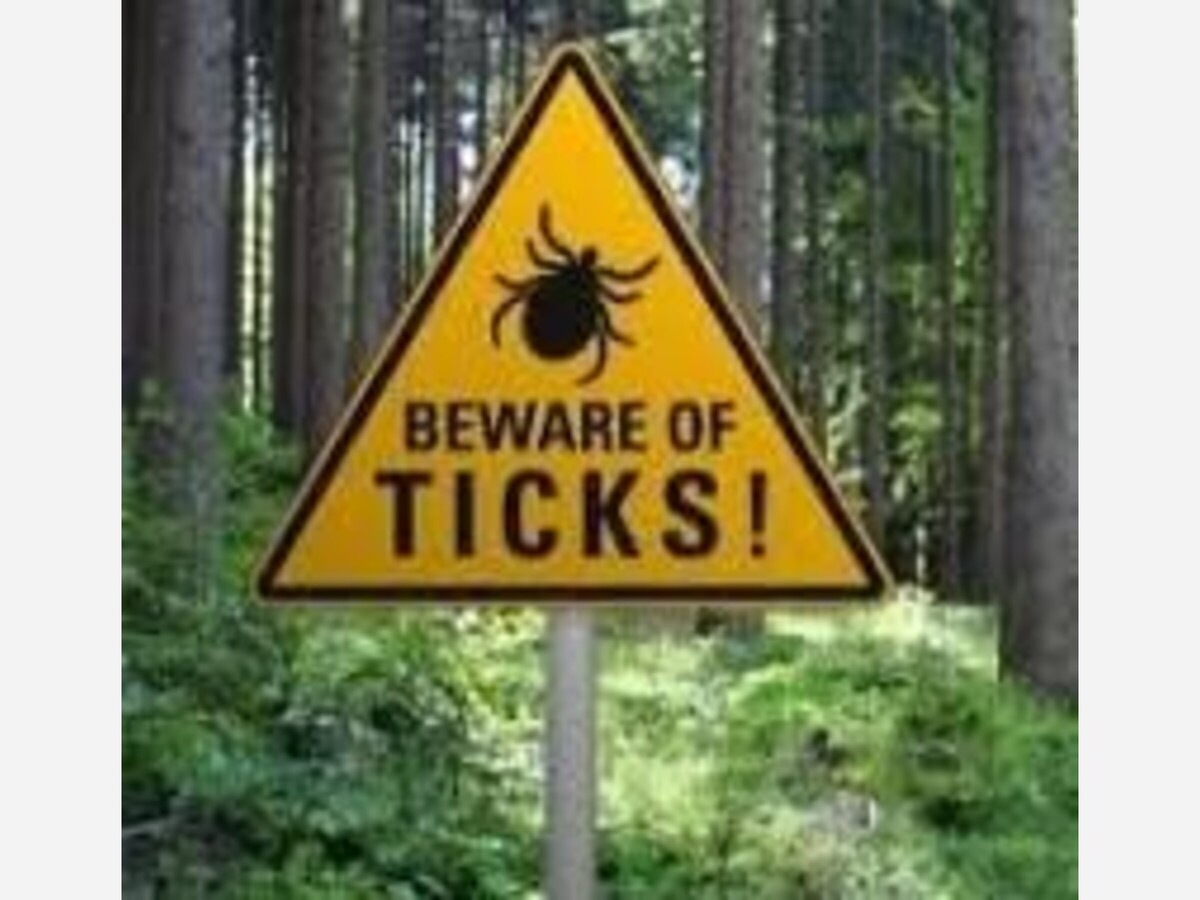Image

photocredits via villageofdeerpark.com
With warm weather and sunny skies coming soon to West Windsor, you may be planning to enjoy the great outdoors; maybe a nice picnic, a walk in the forest, or some gardening. But beware, because high temperatures aren’t just a time for fun, but also when ticks start to emerge—and they can take a nasty bite out of your summer.
Every year in the U.S., there are roughly 500,000 new illnesses caused by ticks, and the numbers are only continuing to rise. While Lyme disease is one of the most common tick borne illnesses worldwide and accounts for almost 80% of tick borne illnesses nationwide, according to NIH, this summer we’ll see a rise of numerous different infections, such as the Powassan virus and Anaplasmosis.
The Powassan virus, also known as the POW virus, has seen an increase of cases in the past couple of years. Most commonly found in the Blacklegged (Deer) Tick, it is one of the most likely species in New Jersey to spread the disease. The POW disease can sometimes have detrimental impacts, from permanent neurological symptoms (such as memory problems or recurring headaches) to even fatal outcomes. Currently, there are no vaccinations or medicines to prevent the infection of the POW virus.
Anaplasmosis is another tick-borne disease that, if not treated correctly, could carry deadly consequences. Symptoms can include fever, muscle aches, nausea, and severe headaches. If symptoms are spotted in the first couple of days, reach out to your healthcare provider to prevent further illness. If treatment is delayed, the effects could include organ failure or even death. Both the Blacklegged Tick and Western Legged Tick are found to carry this disease.
More Ticks are on the rise: the Asian Longhorn Tick, native to East Asia but seen spread to the U.S. in recent years could be harmful to humans in the future. Although there are no U.S. cases of human disease transmission from these critters, more research is necessary to determine its impact on human health. They pose a large risk to livestock here in the US, as they are their preferred hosts. They are most commonly known for their ability to reproduce asexually (asexual production is a type of reproduction where offspring are produced from a single parent), often in the thousands. If these ticks aren’t dealt with soon, they could drastically harm our farm animals and even us.
As ticks and the risks that come with them start to rise, tick prevention becomes increasingly important. There are lots of measures you can take to stay safe this tick season, such as: wearing long sleeves when you’re outside, using EPA-registered insect repellents, avoiding bushy and wooded areas, and ALWAYS checking for ticks. In order to spot ticks, look for small, flat, oval, arachnids with eight legs. Ticks are incredibly small creatures, with black, brown, or even red tones. They also have hook-like structures that make it easier to grab on to hosts. After feeding on humans or animals, ticks become very visible, swelling and becoming more round. When spotted, take immediate action and remove the tick as quickly and efficiently as possible. If any symptoms arise, reach out to your doctor. Ticks won’t wait to bite, and neither should you. Take action and stay safe this tick season.
For more information on tick prevention, check out CDC and NIH.